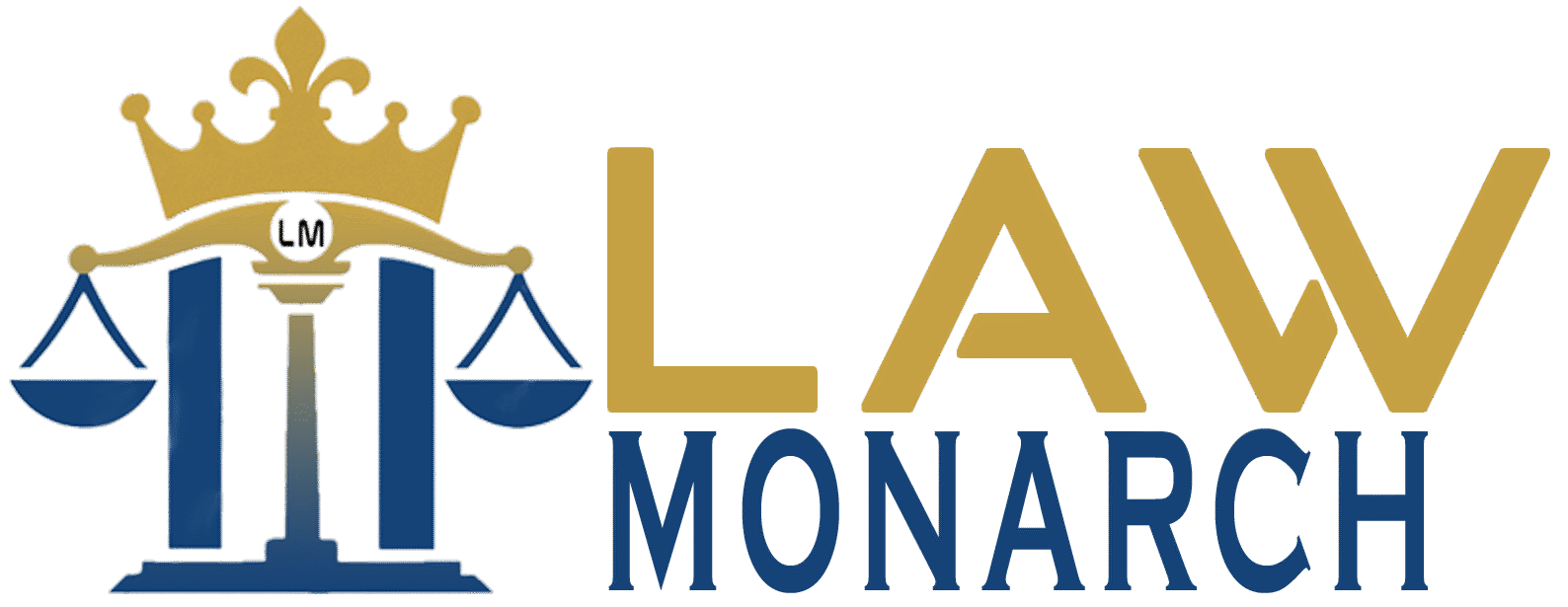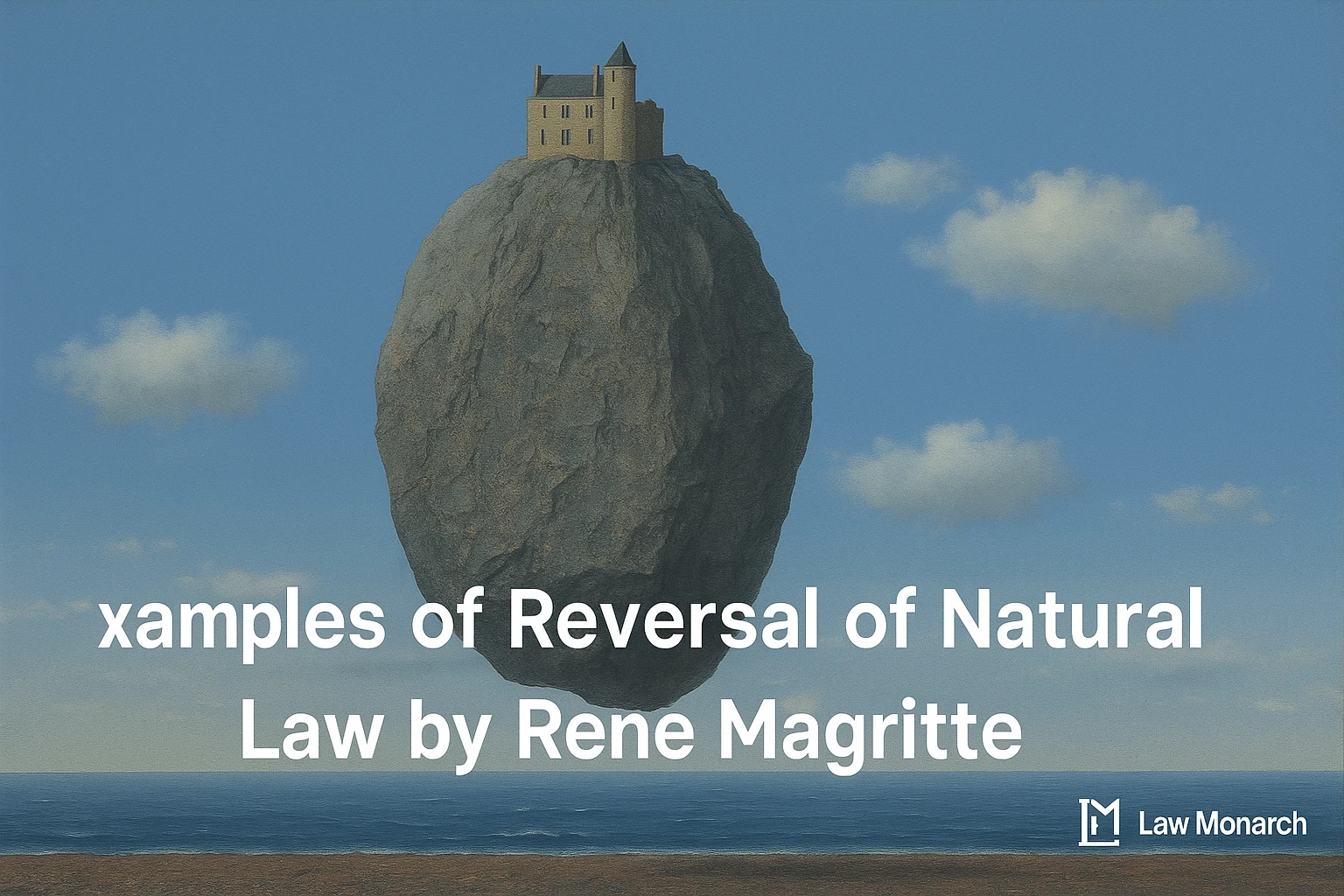Rene Magritte changed how people see common things. He painted clear scenes with calm light and neat lines. He then placed one bold idea at the center. That idea broke a rule that nature seems to obey. The result looked normal at first. The shock came from logic, not from noise or wild brushwork.
Viewers trusted the first glance. They saw a sky, a house, a train, or a man in a suit. Then they saw the twist. Day sat over night. A heavy rock hung in midair. Rain looked like rows of men. Words failed to match the image. Minds paused. Questions rose.
Magritte did not try to confuse. He set the stage with care. He kept edges clean. He used balance and restraint. He wanted people to notice how fast the eye accepts habit. He also wanted people to feel free to doubt that habit. That is the real power in his work.
You can feel this force in many of his best-known paintings. The scenes feel quiet. The ideas feel bold. Nature’s rules bend without a sound. Each canvas turns into a lesson on how to look again.
What a Reversal of Natural Law Means
Natural law in a picture means the rules that match daily life. Gravity pulls down. Day turns into night. Solid objects block light. Water falls from clouds. Words name things in clear ways. Magritte set these rules aside. He did not hide the change. He put it in plain view and let you meet it face to face.
A reversal breaks one of those rules. It might mix time, remove weight, shift scale, or break cause and effect. It might split the bond between words and images. The trick does not rely on blur or chaos. It relies on accuracy. The more exact the scene looks, the bigger the jolt from the idea.
Day and Night in One Sky
Magritte often placed a bright blue sky above a street in deep night. A lamp glows. Windows look dark. Trees sit in shadow. The sky sits in full day. Both halves look correct on their own. The pair cannot exist at once in real life. Nature does not offer noon over midnight.
This blend feels calm, not loud. That calm surface makes the break feel stronger. Your brain wants to sort the time of day. It cannot do that here. The canvas keeps both truths in balance. The viewer senses a gap between what eyes accept and what logic can defend. That gap holds the mind and does not let go.
Gravity That Lets Go
One famous scene shows a massive rock that floats above a sea. A small castle rests on top of the rock. Waves move far below. No beam or rope supports the mass. Gravity should win. It does not win here. The rock stays in the air, and the sea remains calm.
The eye sees air and water done with care. The stone looks dense and rough. The castle feels stable and old. The lie sits in the way the world holds together. Heavy things should fall. The picture refuses that rule. You feel a pull in your stomach as you try to accept what you see. Then you ask why your trust in weight feels so firm.
People as Rain
Another well-known work fills a pale sky with rows of men in dark coats and hats. They hang in the air across the scene at even gaps. Houses sit below them. The pattern looks neat and measured. It feels like a storm, yet no drop falls. The “rain” is a set of people.
Weather turns into human forms. Human forms turn into weather. A law about how nature behaves gives way to a law about habit and order. The eye stares at the rhythm. The mind senses that life can repeat in ways that steal choice. The rules of physics soften into social rules that feel just as strong.
Inside and Outside Trade Places
Magritte often set an easel in front of a window. The canvas on the stand showed the same view as the world outside. The edge of the canvas lined up with the scene. You could not tell where the painted view ended and where the “real” view began.
A window should show the world. A painting should show a copy. The picture makes the copy sit inside the world so well that the border fails. The rule of inside versus outside disappears. The eye loops and looks for a seam that never shows. You end up asking what counts as real when both layers look true.
Scale That Makes a Room Feel Strange
Magritte liked to take small items and give them huge size. A bedroom holds a comb as big as the bed. A bar of soap stands like a stone block. A match rises like a pillar. The room does not grow. The objects claim the space.
In another scene, a single apple fills a tight room. The fruit presses near the walls. Light rests on the skin with soft glow. The sight feels calm, yet the logic shakes. Rooms should hold things. Here a thing holds the room. Scale becomes a tool to break trust in what fits where.
Cause and Effect Split Apart
A steam engine leaves a fireplace in a quiet room. A mantel clock and a mirror sit above. The train points out into empty space. Rails do not run through the wall. Smoke should rise from a fire, not from an iron engine inside a hearth. Cause and effect seem to lose their home.
The mood stays polite. The walls stay smooth. The scene feels safe. That safety makes the tear in logic more sharp. A hearth stands for comfort and rest. An engine stands for power and speed. The two worlds touch without a bridge. Time seems to hold still so the mind can stare.
A Face You Cannot See
A man in a gray suit stands before a low sea and a cloudy sky. A green apple floats in front of his face. You see his hat, his coat, and his eyes at the edges. You cannot see his full face. He can see. You cannot. The rule that vision must have a clear line fails, yet the calm mood of the scene remains.
The idea feels simple. It turns deep when you think about how people hide and show parts of who they are. The face holds a promise of truth. The picture blocks that promise with a plain fruit. Your wish to know runs into a soft wall.
Bodies and Objects Merge
Magritte liked to fuse flesh and tool. He set a pair of boots on a floor. The toes turn into human feet. Skin and leather meet and blend. A tool that should guard the body becomes part of the body. The mind pulls back. Then it leans in and checks the seam.
He also placed a figure on a shore with a fish head and a human torso and legs. The surf meets the body. Scales meet skin. Nature does not mix forms that way. The picture shows the mix as if it were routine. The shock arrives a breath late, which makes it sink in more.
Tools That Lose Their Purpose
Magritte loved to strip function from objects. He placed a glass of water on the top edge of a closed umbrella. The glass sits near the tip. You expect a spill. It does not happen. An umbrella should open to guard a person from rain. It sits shut and carries a glass.
The scene would look dull without the idea. The idea makes it new. You see how strong habit can be. You say “umbrella” and your mind builds a story about use. The picture removes that story. It leaves a shape and a surface. The result looks clear and feels odd.
Words That Refuse to Name the Image
One famous canvas shows a perfect pipe. The text below says it is not a pipe. The line is true. The picture is not a pipe. It is paint. Most people forget that when they look at an image with a label. They take the name as proof of the thing.
Magritte pulls on that thread. He breaks the bond between a word and a picture. He does it with grace and quiet humor. You walk away more aware of how fast language can trick the eye. You also walk away more free to test what you read under any image.
Why These Reversals Feel So Strong
Magritte worked with care. He used steady light. He drew sharp edges. He let only one law fail at a time. That choice gives power to each idea. Your eyes rest on a stable world. Your mind meets one clean break. The contrast creates the spark.
He also chose familiar objects. Hats, apples, pipes, trains, rocks, rooms, and clear skies. These things live in memory. They bring trust. The twist then lands with more force. You feel the rule bend because you know the rule so well.
How to Look at Magritte with Confidence
Pick one painting. Take a slow pass. List what makes sense in the scene. Light, space, texture, horizon, and shadows likely feel correct. Then list what fails. Ask which rule falls first. Weight, time, scale, function, or the bond between word and image. Keep your notes simple. Keep your pace slow.
Next, ask what the break hints at in daily life. A floating rock can point to false faith in what looks stable. A street with day above night can point to a split mind or a split story. A pipe with a line that denies itself can point to the gap between names and things. You do not need one fixed answer. You need a better way to look.
Museums and books help. So does a clear print on a wall at home. Place the image where you can see it often. Each glance will bring a new thought. That is the mark of art that lasts.
How These Ideas Shape Today’s Culture
Designers, ad makers, and film crews borrow these moves. A huge object in a small room grabs the eye on a poster. A bright noon sky over a night street on a screen hints at a dream or a split truth. A neat label that denies the image sparks talk. You can spot these touches in brand work, movie scenes, and book covers.
Writers echo the lesson as well. They test names. They show how a story can look clear yet hide a twist. They show how trust forms fast and breaks slow. The seed of that method sits in Magritte’s calm rooms.
Tips for Teachers, Students, and Curious Viewers
Start with clear goals. Tell students to find one broken rule per canvas. Ask them to point to the exact spot where the rule fails. Have them explain the effect in plain terms. Keep notes short. Use one page per work.
Create a compare list. Place two images side by side. One keeps nature’s rules. One breaks a rule. Ask what changes inside the viewer. Do this with gravity, time of day, size, function, and labels. The pattern will stand out fast.
Close with a small project. Ask each person to draw or stage a photo that breaks one rule. Keep the rest normal. Use a phone camera and a desk lamp if that is all you have. The point is to feel the method, not to copy a master.
Why This Matters Beyond Art
These images train the mind to ask better questions. That skill helps in news, ads, and daily talk. A calm surface can hide a wrong claim. A neat label can mask a false link. A habit can act like a law. Magritte gives tools to spot those traps.
The lesson also gives joy. Doubt does not need to feel sour. It can feel rich and clear. You notice more. You accept less on faith. You still love the world. You just see more of it.
Conclusion
Rene Magritte showed how one clean idea can turn a quiet scene into a deep puzzle. He bent nature’s rules with grace. Day met night. Weight lost its hold. Scale took a wild turn. Words refused to match images. The world looked steady as the mind slipped and then woke up.
These reversals feel strong because he kept the rest of each scene true. He did not shout. He built trust, then nudged it. That method still guides artists, designers, and writers. It can guide any viewer who wants to see with care.
Spend time with these works. Note the rule that fails. Ask what that failure teaches. Carry the question into your life. You will spot weak labels. You will sense gaps in logic. You will enjoy the spark that comes each time sight and thought meet on new terms. That spark is the gift Magritte left for anyone who chooses to look.
Common Questions
Q. What does “reversal of natural law” mean in Magritte’s art?
It means a scene breaks a basic rule of nature. Gravity fails, day meets night, or a copy replaces the real view. The image looks calm, yet the idea flips logic.
Q. How did Magritte create this effect without chaos?
He kept clean lines and steady light. He changed only one rule in each scene. The quiet style made the shock stronger.
Q. Which works show this idea most clearly?
Empire of Light joins noon sky with a night street. The Castle of the Pyrenees lifts a huge rock over the sea. Golconda turns rain into rows of men. Time Transfixed sends a train out of a fireplace.
Q. How can a student analyze one painting with confidence?
List what follows real-life rules: light, space, shadows. Then note the first rule that fails: weight, time, scale, function, or words. Ask what that break suggests about habit and belief in daily life.
Disclaimer:
This article is for educational and informational purposes only. It reflects general observations about Rene Magritte’s art and should not be taken as expert art criticism or professional advice.




